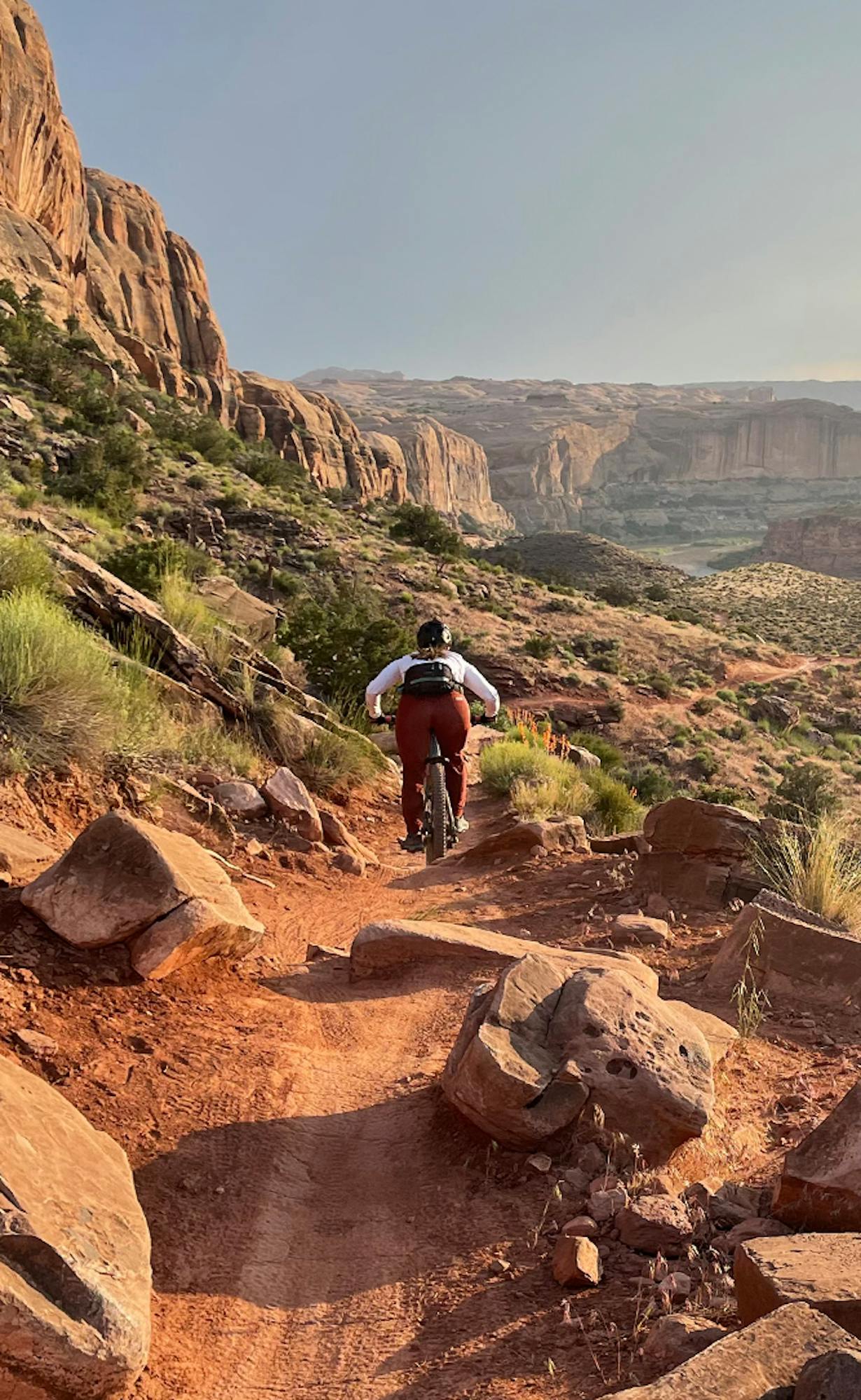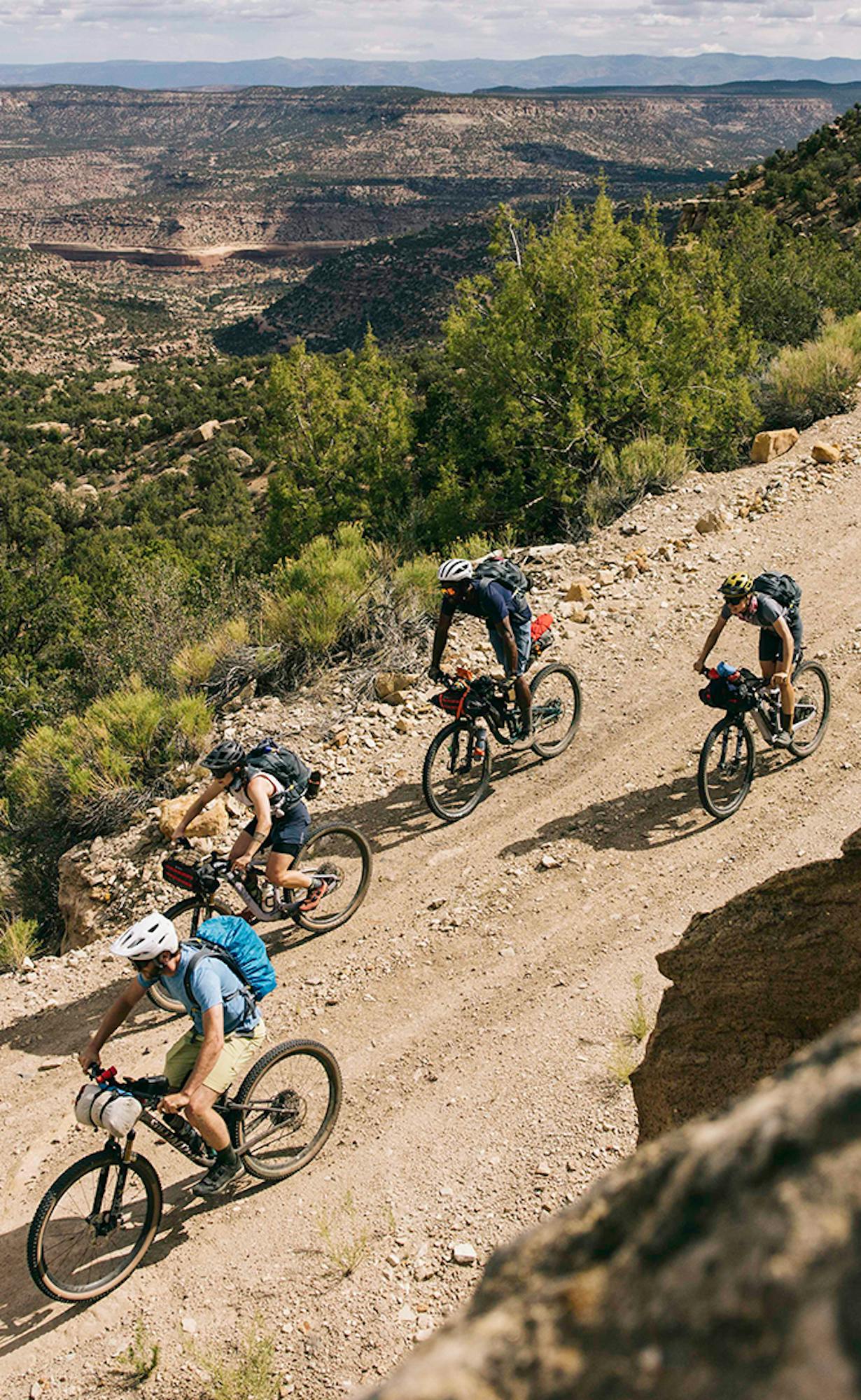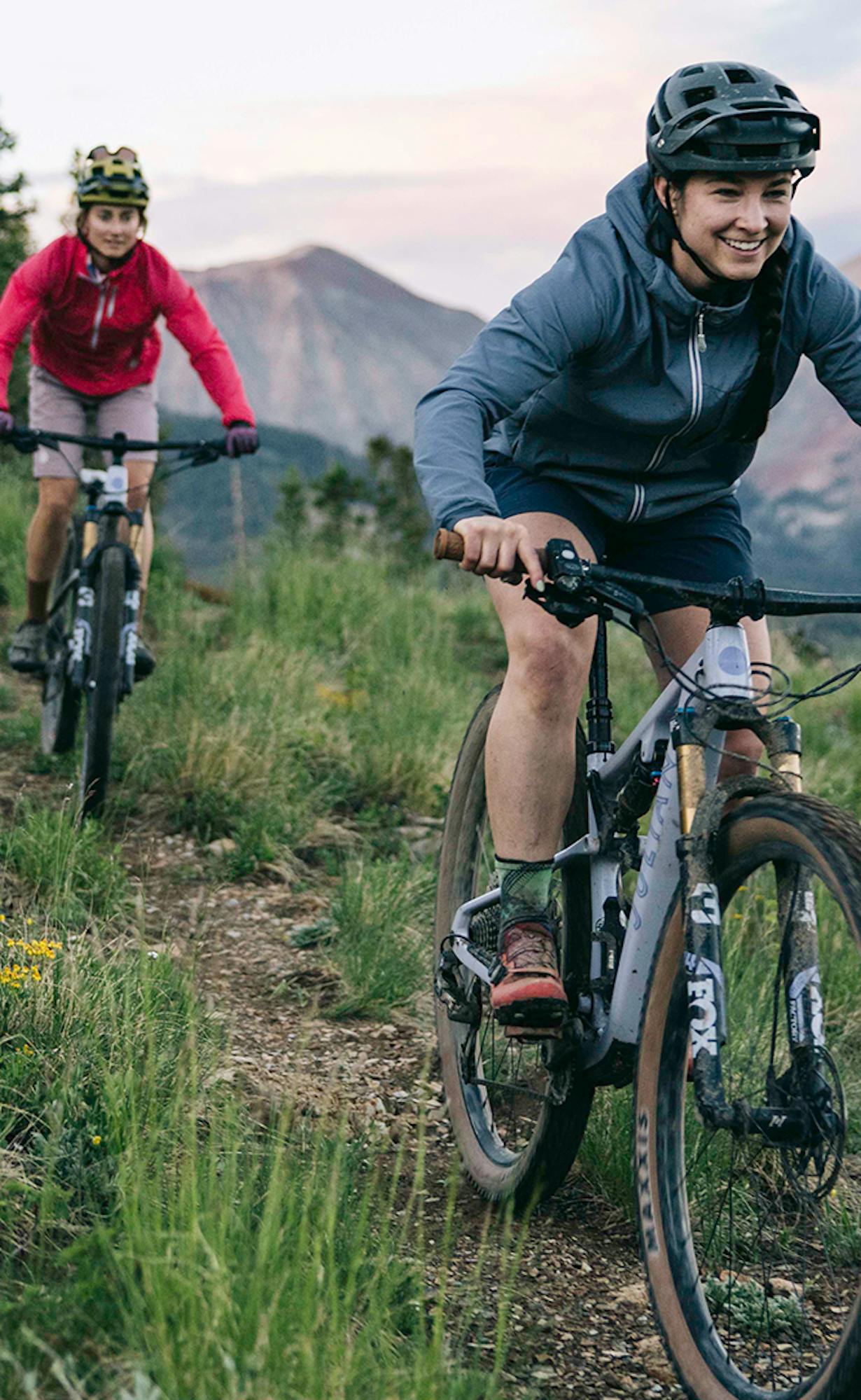Abby Stanislaw
Bike Fitting for Mountain Bikers: A Physical Therapist's Perspective
Stio Home Team Member and physical therapist Abby Stanislaw dives into proper bike fitting to enhance performance, prevent injuries, and improve comfort on your mountain bike.
Photo courtesy of Abby Stainslaw
As a physical therapist who works with elite athletes, Abby knows how crucial bike fitting is for mountain bikers. Proper bike fitting can enhance performance, prevent injuries, and improve comfort on the bike. In this blog post, Abby will share her insights and recommendations for bike fitting for mountain bikers.
Why bike fitting matters for mountain bikers matters
The benefits of proper bike fitting are numerous. A well-fitted bike can enhance performance by optimizing power output and reducing fatigue. It can also prevent injuries by reducing stress on joints and muscles. Finally, it can improve comfort by reducing pain, numbness, and discomfort during long rides.
Seat Height
The seat height is a critical factor in bike fitting for mountain bikers. If the seat is too low, the rider will not be able to generate power efficiently and may experience knee pain. If the seat is too high, the rider's hips will rock side to side, causing discomfort and reducing power output. The proper seat height is typically determined by measuring the rider's inseam and adjusting the seat height accordingly. When the rider is sitting on the bike, their knee should be slightly bent to 25-30 degrees of knee flexion when the pedal is at the bottom of the pedal stroke.
Median Nerve Compression
Compression of the median nerve can cause hand numbness and tingling in mountain bikers. This can be caused by a combination of factors, including handlebar position, grip size, gloves, and riding posture. To alleviate median nerve compression, the handlebars should be positioned so that the wrists are in a neutral position, and the grips should be comfortable and appropriately sized for the rider's hands. Wearing gloves with padding allowing for reduced compression through the mid portion of the palm is also important. Additionally, riders should practice changing hand positions frequently during rides to avoid prolonged pressure on the median nerve.
Neck Pain
Neck pain is a common issue for all cyclists. Proper bike fitting can help alleviate neck pain by adjusting the handlebar height and reach. Handlebars that are too low or too far away can cause the rider to hunch over, putting excessive strain on the neck and shoulders. Adjusting the handlebar height and reach can help the rider achieve a more comfortable and natural riding posture, reducing the risk of neck pain. Make sure to incorporate neck strengthening exercises into your cross training to reduce the toll that neck pain may take on your performance while riding.
Saddle Sores
Saddle sores can be painful and distracting for mountain bikers. They are caused by friction between the rider's skin and the saddle, and can be exacerbated by sweat and chafing. To prevent saddle sores, the saddle should be properly positioned and adjusted for the rider's body. The rider's weight should be evenly distributed on the saddle, with no pressure points or hot spots. Additionally, wearing high-quality cycling shorts such as the Stio Team Bike Short with a chamois cream can help reduce friction and prevent saddle sores.
Conclusion
Proper bike fitting is essential for mountain bikers to perform at their best, prevent injuries, and ride comfortably. As a physical therapist who works with elite athletes, I recommend considering body measurements, bike measurements, riding style, and overall mountain lifestyle when fitting a bike. When in doubt, find a professional bike fitter in your area. Mountain bikers should prioritize their health and well-being by investing in proper equipment and taking steps to prevent injuries. By doing so, they can enjoy the beauty and excitement of mountain biking for years to come.
Check out Abby's PT site: https://progressionphysicaltherapy.com/
Follow us @stio
See how people are living the mountain life everyday in our gear.









